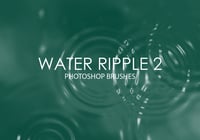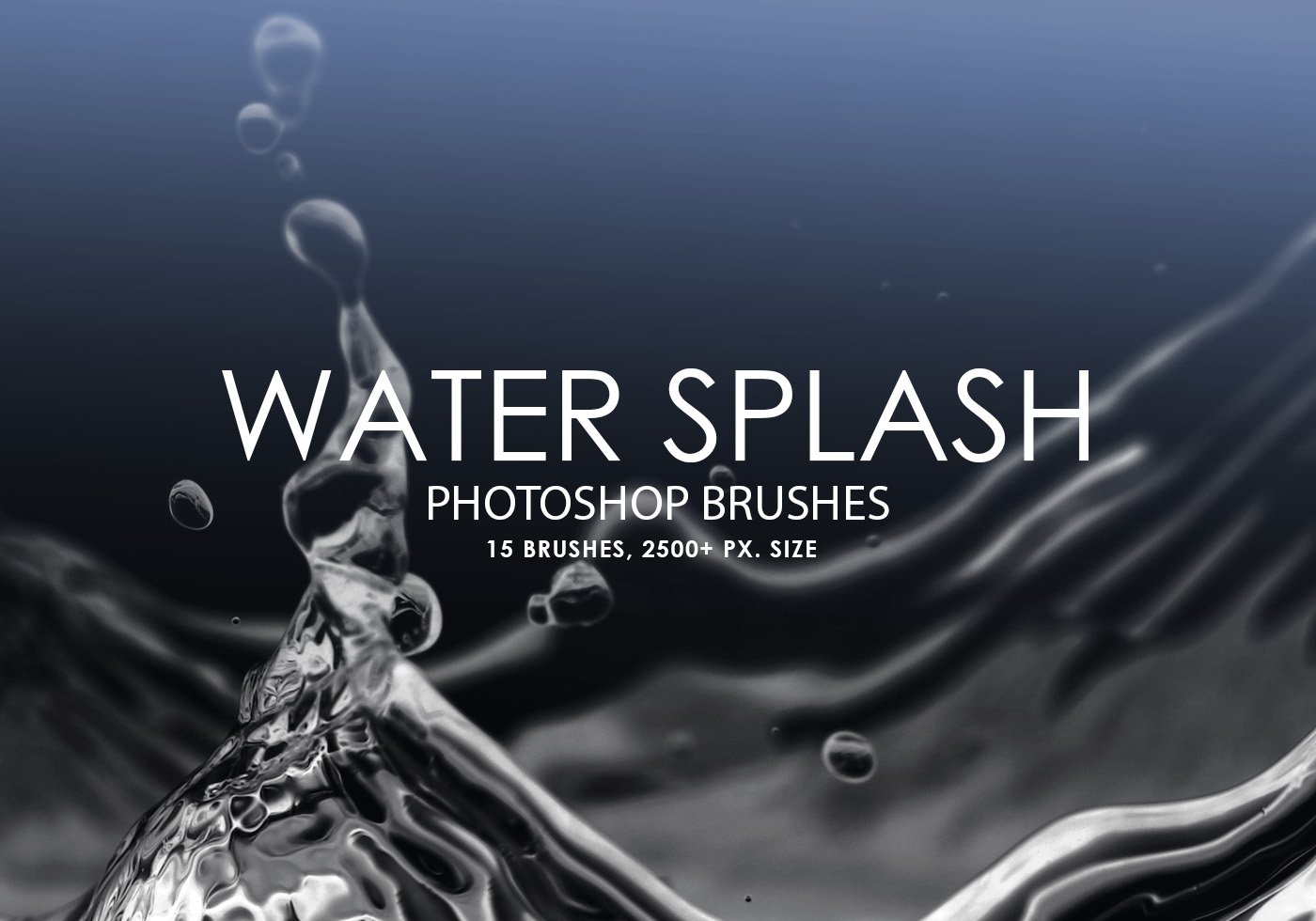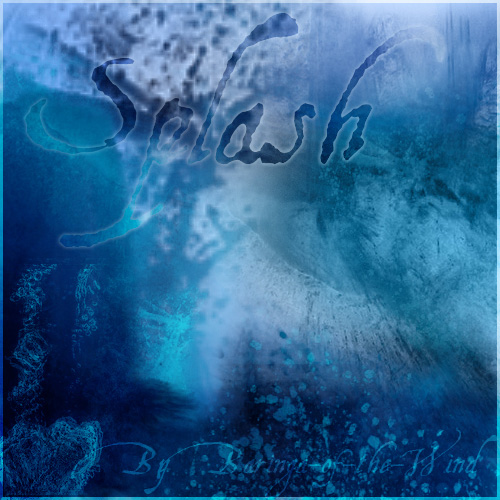

First, go to Image > Adjustments > Brightness/Contrast, setting it to -70 Brightness and 67 Contrast. Now we're going to obscure them even more. That's because we're going to add another Filter > Blur Gallery > Field Blur of around a 55px Blur to the plants, which will obscure any more minor details and leave just their silhouette. When choosing your image, focus more on lighting and general shapes rather than what the image actually is. Let's drop in an image of some foliage below both the water surface and sky layer. If it's stormy, then the water would likely be choppy.Īdd a Layer Mask and mask any excess portion of the sky that may be peeking out of the bottom of the water.Īlso, adding a Filter > Blur Gallery > Field Blur of around a 55px Blur can help the water remain focused. When choosing a sky image, try to keep the mood of the water in mind.

Now, let's drop in our sky below the water surface layer. Let's finish up the water surface for now by adding an Image > Adjustments > Brightness Contrast, setting it to -60 Brightness and 45 Contrast. We only want the surface of the water and the waterline.

Use a medium-soft round Brush to mask out the image's original ground. A 90% Hardness will give you a slightly soft, smooth edge for the sky. Next, let's add a Layer Mask to the water surface layer and use a semi-hard round Brush to mask the sky. Typically, you'd want to avoid stretching a photo past its original width, but due to the nature of water, we can push it pretty far in this case without it looking distorted. We want to make sure the water stretches across the whole width of the canvas, regardless of the size. Make sure it's a right-click > Smart Object, so we can resize without worrying about unwanted blurriness. Now, we can place our water surface image over the color layer. Lay down some color ( #425847) using a Solid Color fill layer. You'll be able to apply these same techniques to accommodate any canvas size. Step 1Ĭreate your canvas in any size, portrait or landscape. Let's start things off by creating a split water effect, where part of the "camera" would be underwater and the other half above water. To complete this project, you will need the following resources:ġ.

How to create a water effect in Photoshop.How to create a dripping water effect in Photoshop.How to create a water dripping effect in Photoshop.How to make realistic water in Photoshop.What You'll Learn in This Water Effect Photoshop Tutorial How to Create Water Effects in Photoshop (Drips, Splashes, and More!)


 0 kommentar(er)
0 kommentar(er)
